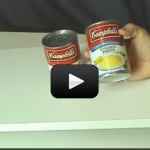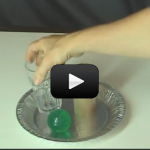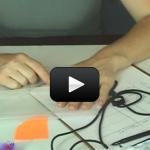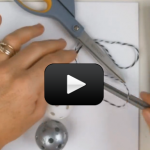Velocity is how fast something is going and in what direction it is going. Direction is what separates the term velocity from speed. If we were talking about a car, we could say that car is traveling with a velocity of 30 miles per hour due East. We will basically just be using the speed aspect of velocity, since for our purposes, the directional aspect confuses things more then necessary.There is another term that is useful here and that is terminal velocity.
The term terminal velocity is normally used when something falling cannot gain any more speed because the air resistance pushing against that something is equal to the force of gravity pulling down on that something. When those two forces are equal (air resistance/friction and gravity) and in opposite directions from each other, the falling object stops accelerating and stays at the same velocity. (We will discuss force and acceleration next lesson.)This is why feathers drop so much more slowly than bowling balls. A feather has a very large amount of air resistance and gravity pulls very lightly on it (the feather is very light).
The term terminal velocity is normally used when something falling cannot gain any more speed because the air resistance pushing against that something is equal to the force of gravity pulling down on that something. When those two forces are equal (air resistance/friction and gravity) and in opposite directions from each other, the falling object stops accelerating and stays at the same velocity. (We will discuss force and acceleration next lesson.)This is why feathers drop so much more slowly than bowling balls. A feather has a very large amount of air resistance and gravity pulls very lightly on it (the feather is very light).





